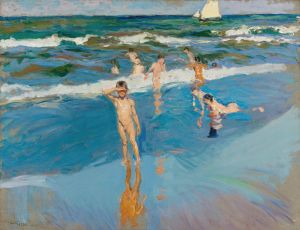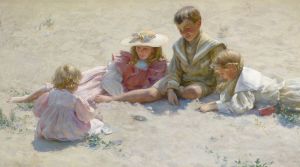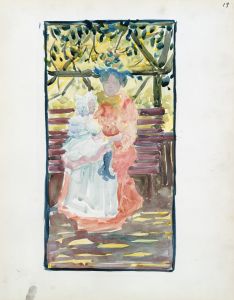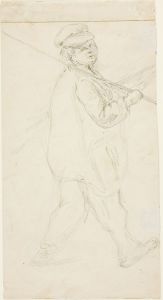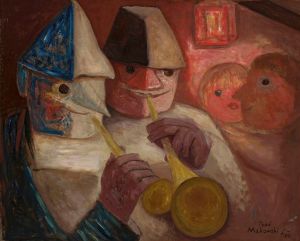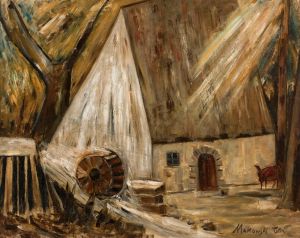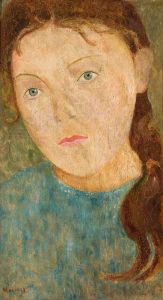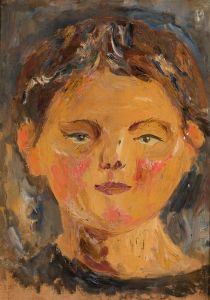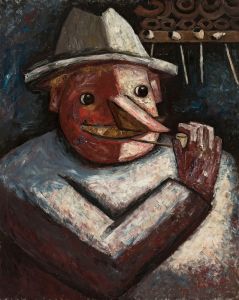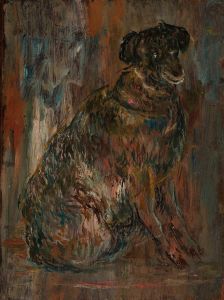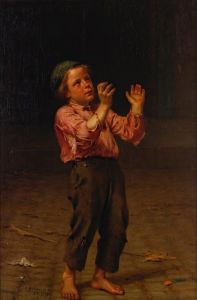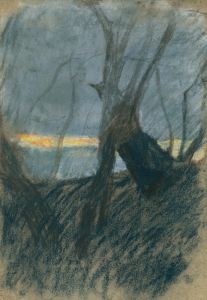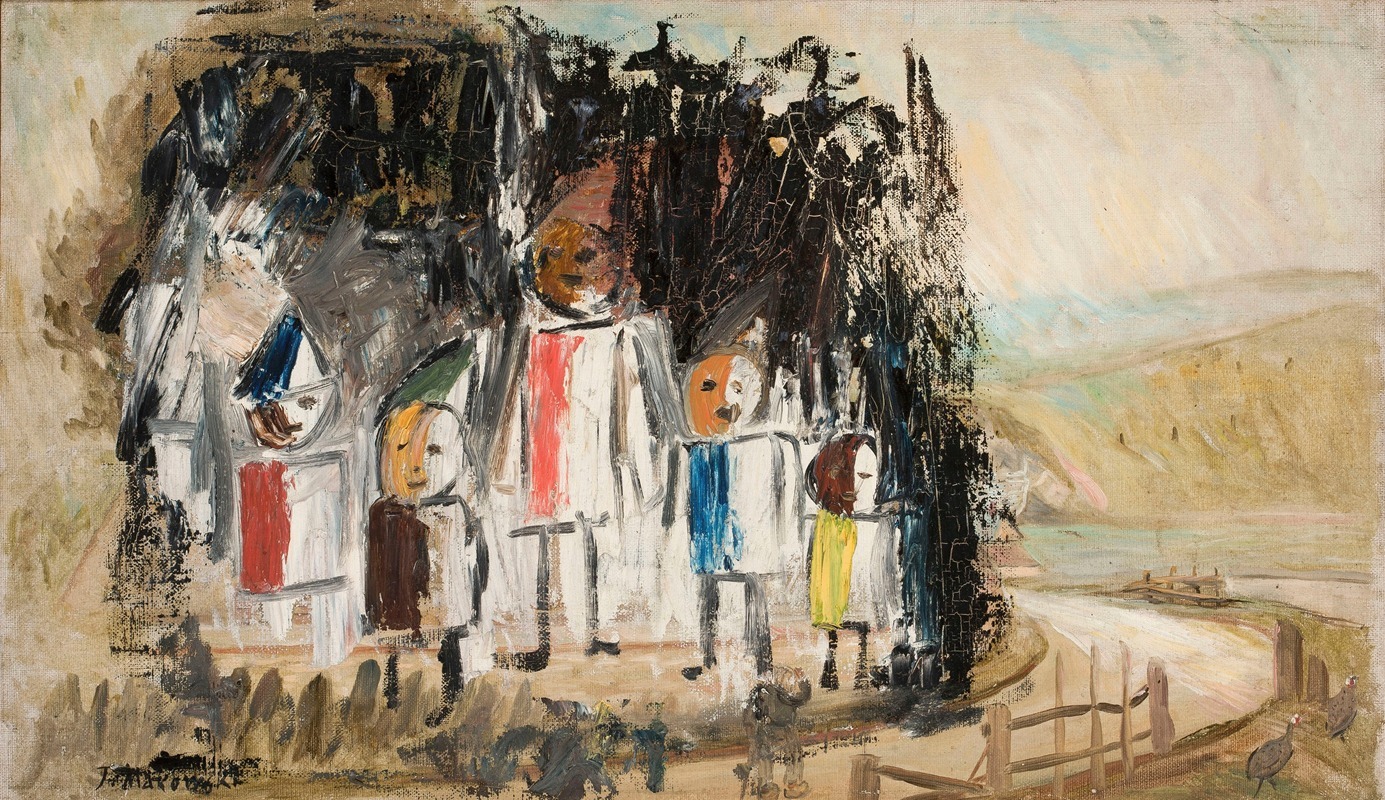
Group of children
A hand-painted replica of Tadeusz Makowski’s masterpiece Group of children, meticulously crafted by professional artists to capture the true essence of the original. Each piece is created with museum-quality canvas and rare mineral pigments, carefully painted by experienced artists with delicate brushstrokes and rich, layered colors to perfectly recreate the texture of the original artwork. Unlike machine-printed reproductions, this hand-painted version brings the painting to life, infused with the artist’s emotions and skill in every stroke. Whether for personal collection or home decoration, it instantly elevates the artistic atmosphere of any space.
Tadeusz Makowski was a Polish painter known for his distinctive style that often depicted scenes of everyday life with a touch of whimsy and a focus on children. One of his notable works is "Group of Children," which exemplifies his unique approach to capturing the innocence and simplicity of childhood.
Makowski was born on January 29, 1882, in Oświęcim, Poland. He initially studied classical philology at the Jagiellonian University in Kraków before pursuing his passion for art at the Academy of Fine Arts in Kraków. There, he studied under prominent Polish artists such as Józef Mehoffer and Jan Stanisławski. In 1908, Makowski moved to Paris, where he became part of the vibrant artistic community and was influenced by various modern art movements, including Cubism and Post-Impressionism.
"Group of Children" is a painting that reflects Makowski's fascination with the world of children. His works often feature children as the central subject, portrayed in a stylized manner that combines elements of folk art and modernist abstraction. This painting is no exception, as it captures a group of children in a way that emphasizes their innocence and playfulness.
Makowski's style is characterized by the use of simplified forms and a muted color palette, which can be seen in "Group of Children." The figures in the painting are rendered with a sense of naivety, using geometric shapes and soft, rounded lines. This approach gives the painting a dreamlike quality, inviting viewers to step into a world where the complexities of adult life are absent, and the simplicity of childhood reigns.
The composition of "Group of Children" is carefully arranged to draw attention to the interactions between the children. Makowski often focused on the relationships and dynamics within groups of children, capturing moments of play, curiosity, and camaraderie. This focus on group dynamics is evident in the way the children are positioned, suggesting a narrative or a shared activity that binds them together.
Makowski's work is also noted for its emotional depth. Despite the simplicity of the forms, his paintings convey a sense of nostalgia and a longing for the innocence of childhood. "Group of Children" is a testament to this, as it evokes a sense of warmth and familiarity, reminding viewers of their own childhood experiences.
Throughout his career, Makowski remained dedicated to exploring the theme of childhood, and his works continue to be celebrated for their unique blend of modernist techniques and traditional subject matter. His ability to capture the essence of childhood in a way that resonates with viewers of all ages is a testament to his skill as an artist.
Tadeusz Makowski passed away on November 1, 1932, in Paris, but his legacy lives on through his art. "Group of Children" remains an important piece within his oeuvre, showcasing his talent for portraying the world of children with sensitivity and insight. His works are held in various collections, including the National Museum in Warsaw and the Musée National d'Art Moderne in Paris, ensuring that future generations can continue to appreciate his contribution to the world of art.





